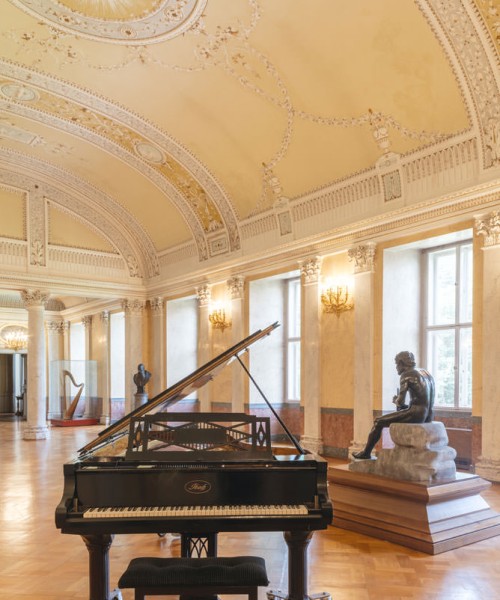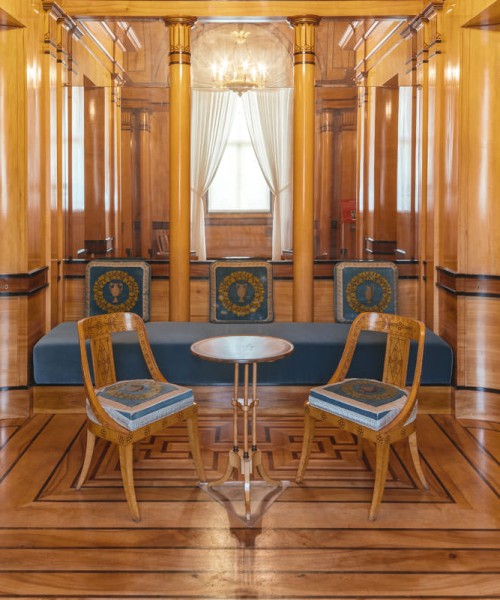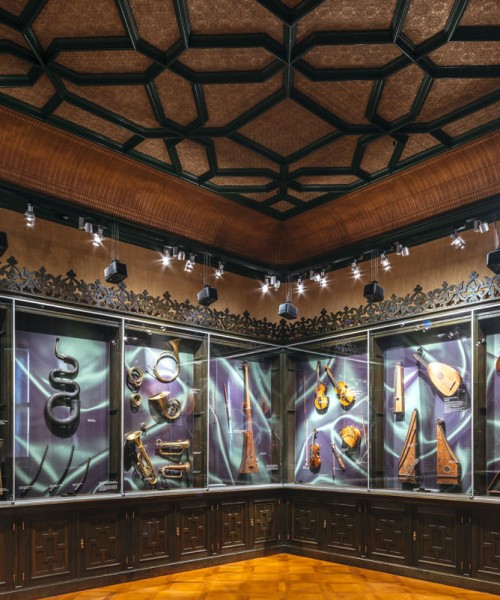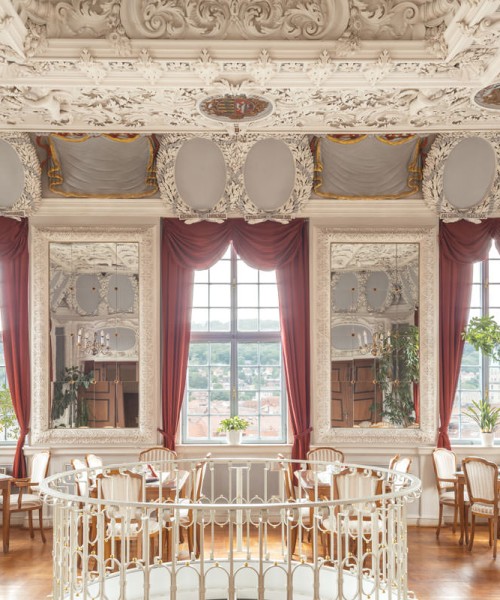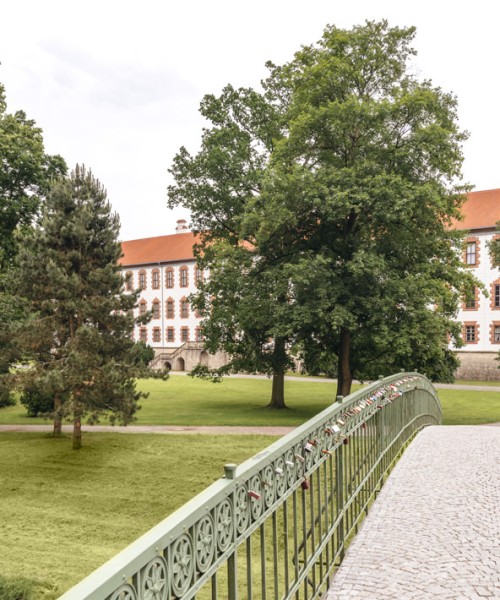Elisabethenburg Castle
Meiningen Museums
Elisabethenburg Castle rises proudly above Meiningen and dominates the townscape as an outstanding example of Baroque architecture. Built from 1682, it was the residence of the Dukes of Saxe-Meiningen and developed into an important cultural center of European significance. Today, the castle is home to the Meiningen Museums, whose permanent exhibitions provide fascinating insights into history, music and theater art.
A court of muses with European influence
In the 19th century, Duke Georg II of Saxe-Meiningen made the town internationally famous. As a visionary theater reformer, he revolutionized European drama with innovative productions. His detailed performances of Shakespeare and Schiller set new standards and helped Meiningen earn the nickname “Theater City”.
Adelheid of Saxe-Meiningen - A Queen in England
Princess Adelheid, the only Meiningen woman on a European throne, became Queen of Great Britain in 1830. Her humanitarian work and her close relationship with her niece, Queen Victoria, are also the subject of the exhibition, as is the importance she had for the British Christmas tradition.
Asylum for Friedrich Schiller
In 1782, the young Friedrich Schiller found refuge from persecution in Meiningen. His months in nearby Bauerbach were characterized by intensive literary work. An exhibition is dedicated to his stay and sheds light on the tense relationship between exile and creative development.
Art and craft - masterpieces for connoisseurs
The picture gallery shows works by important European painters such as Ferdinand Bol and Bernardo Strozzi. These are accompanied by treasures of arts and crafts, including fine faience, coins and artistic tapestries. A particular highlight is the “Henneberg Collection”, which allows visitors to immerse themselves in regional history.
A paradise for cultural enjoyment and discovery
Today, the magnificent banqueting halls and originally preserved living rooms of the dukes invite visitors to discover the courtly life of times gone by. The museums present a unique collection on the history of music and theater, including artistic stage sets, valuable musical instruments and original decorations and costumes from the world-famous Meiningen Court Theater. Whether you are a music lover, history buff or theater enthusiast - Elisabethenburg Castle offers unforgettable experiences for every visitor. Be inspired by the unique atmosphere and immerse yourself in the world of art, history and culture.
Amenities and Facilities

Guided tours

Open

Parking
Hours of Operation and Ticket Prices
April to September
Tuesday to Sunday, Holidays
10:00 a.m. - 6:00 p.m.
October to March
Tuesday to Sunday, Holidays
11.00 a.m. – 5.00 p.m.
Sunday opening hours apply on public holidays in Thuringia. The Meiningen museums are not open on December 24th , 25th and 31st.



